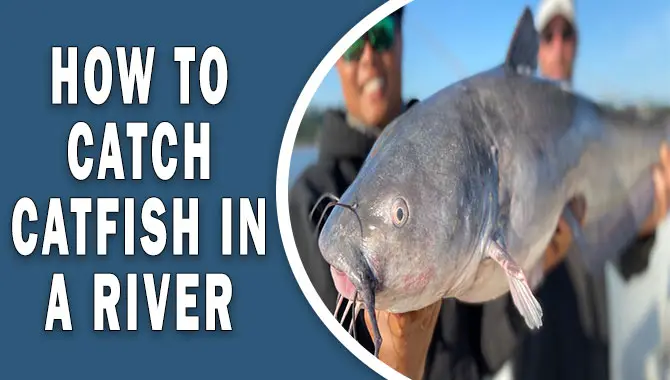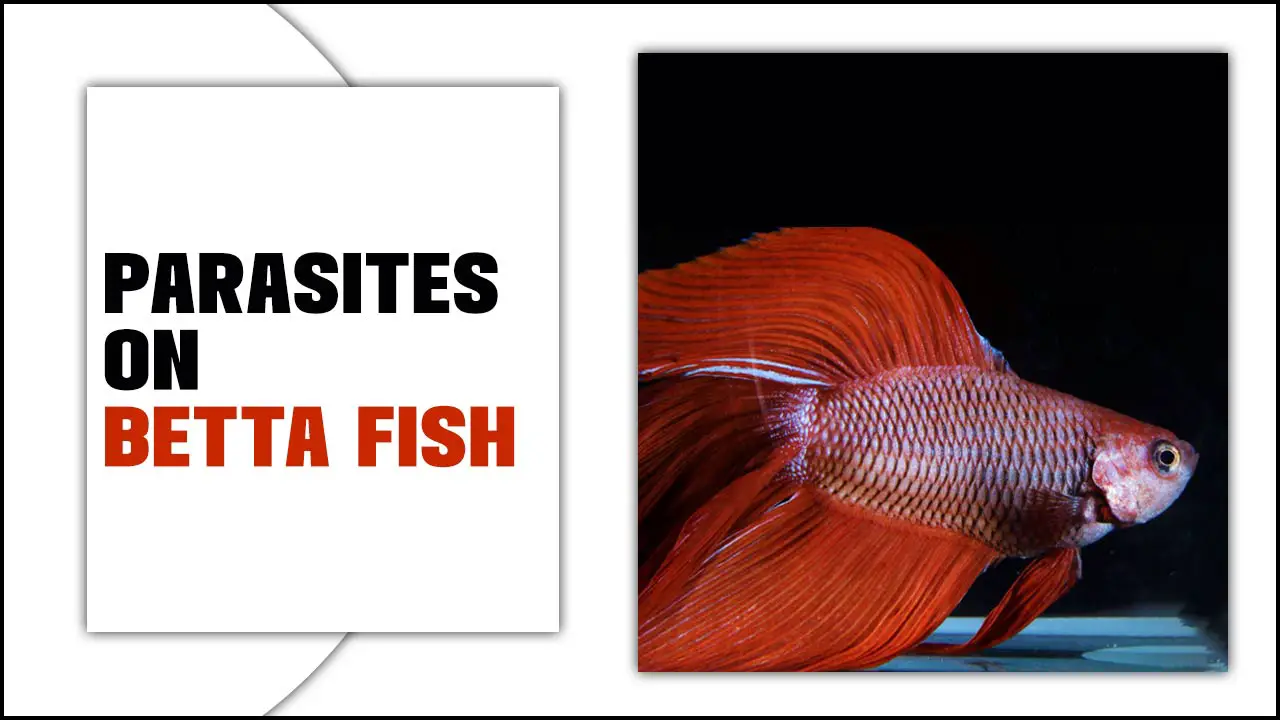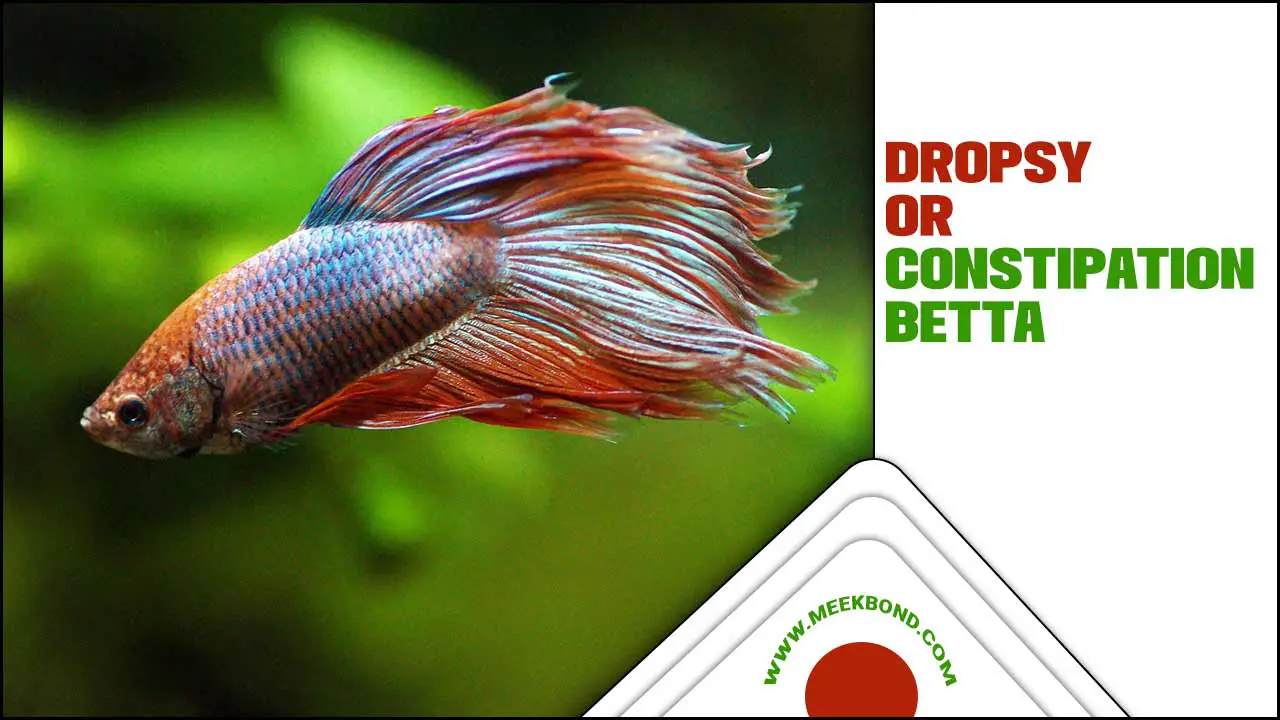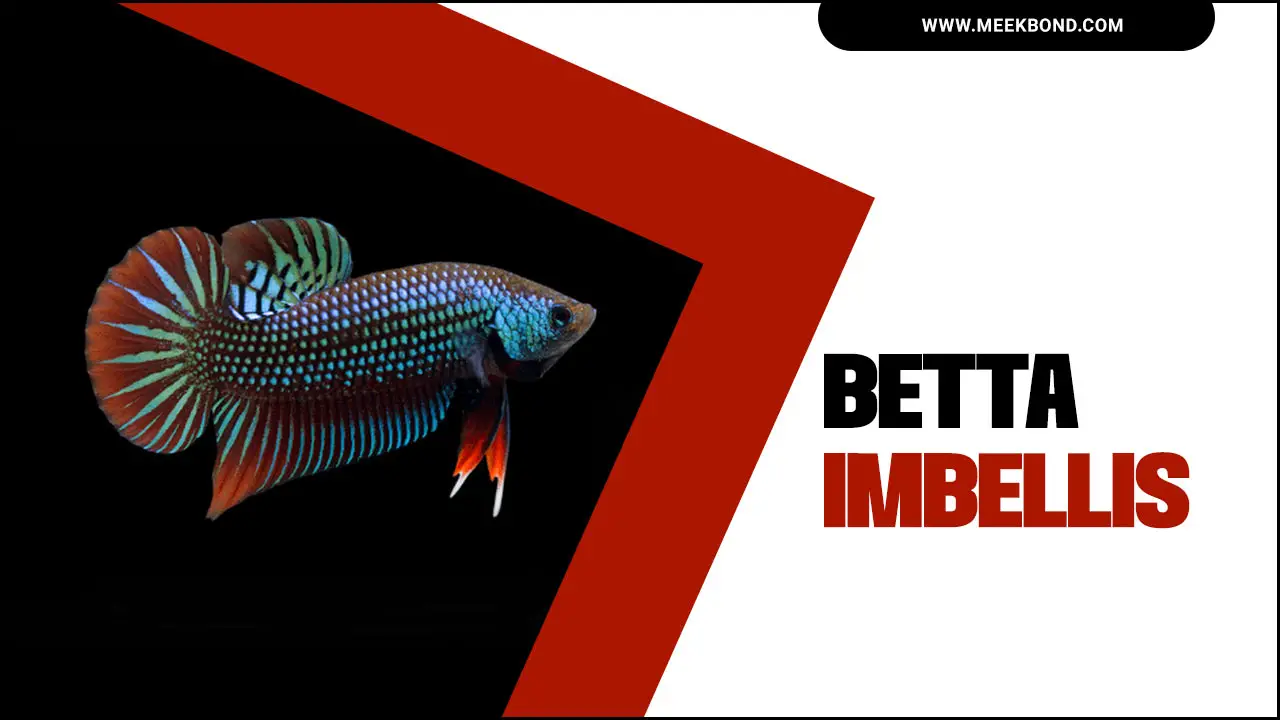Keeping a fish tank can be a rewarding and enjoyable experience. However, as any aquarium owner knows, it requires constant maintenance and care to ensure the well-being of your aquatic pets.
One common issue that fish tank owners may face is the presence of jellyballs, also known as marimo moss balls, in their tanks. These small, green balls may seem harmless. But if left untreated, they can cause harm to your fish and disrupt the balance of your tank’s ecosystem.
Here, we will explore the causes of how to clear jelly balls in fish tank and provide a step-by-step guide on effectively clearing them. We will also discuss the importance of maintaining a clean and balanced tank environment for the health of your fish. Additionally, we will discuss prevention tips to avoid jelly balls in the future and tips for maintenance after clearing jelly balls.
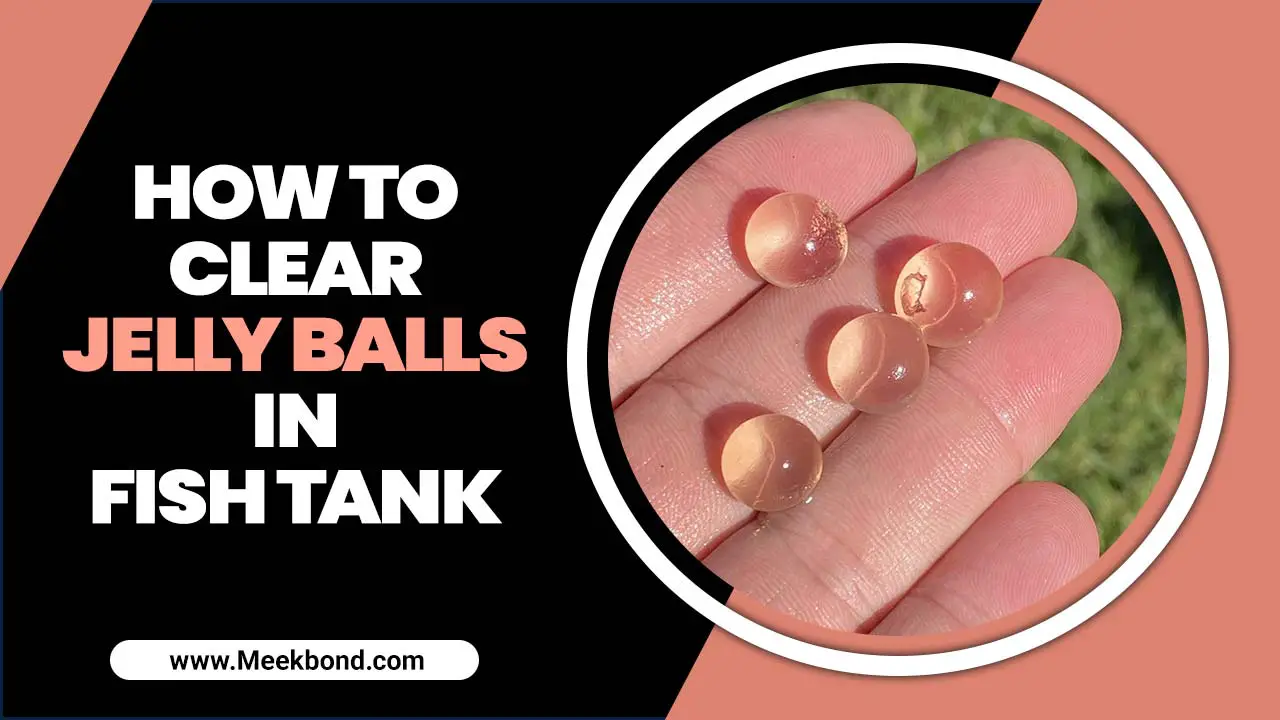
What Are Jelly Balls In A Fish Tank?
Jelly balls, also known as aquarium hobbyists or filter feeders, are fascinating organisms that can be found in fish tanks across North America. These gelatinous creatures are typically small and translucent, resembling tiny jellyfish.
While they may seem strange to some, they play an important role in maintaining the balance of a fish tank ecosystem. Jelly balls feed on microscopic particles suspended in the water, helping to keep the tank clean and clear. They are non-toxic and pose no harm to fish or other tank inhabitants.
Many aquarium enthusiasts enjoy keeping jelly balls as they add visual interest and provide a unique dynamic to their tanks. So, if you’re looking for an intriguing addition to your fish tank, consider adding these captivating filter feeders to your aquatic community.
Causes Of Jelly Balls In A Fish Tank
There are several possible causes of jellyballs in a fish tank, including snail eggs, a common problem for fish tank owners. Identifying and addressing the underlying causes of jelly balls, such as poor water circulation and high phosphate levels, is important.
To maintain a healthy and clean environment for your fish. Regular water testing, including testing for phosphate levels, proper feeding practices, and regular tank maintenance. It can help prevent the formation of jelly balls. Here are some common reasons:
- Overfeeding: Excessive feeding can lead to uneaten food sinking to the bottom and forming jelly balls.
- Poor Water Quality: If the water in the tank is not properly maintained or there is an imbalance in the water parameters. It can create an environment conducive to the growth of jelly balls.
- Lack Of Filtration: Insufficient filtration can result in the buildup of waste materials, which can contribute to the formation of jelly balls.
- Lack Of Water Circulation: Inadequate water movement can cause stagnant areas where jelly balls can form.
- Presence Of Algae Or Other Organic Matter: Algae or other organic substances in the tank can provide a food source for jelly balls to grow and thrive.
How To Clear Jelly Balls In Fish Tank: Step-By-Step Guide
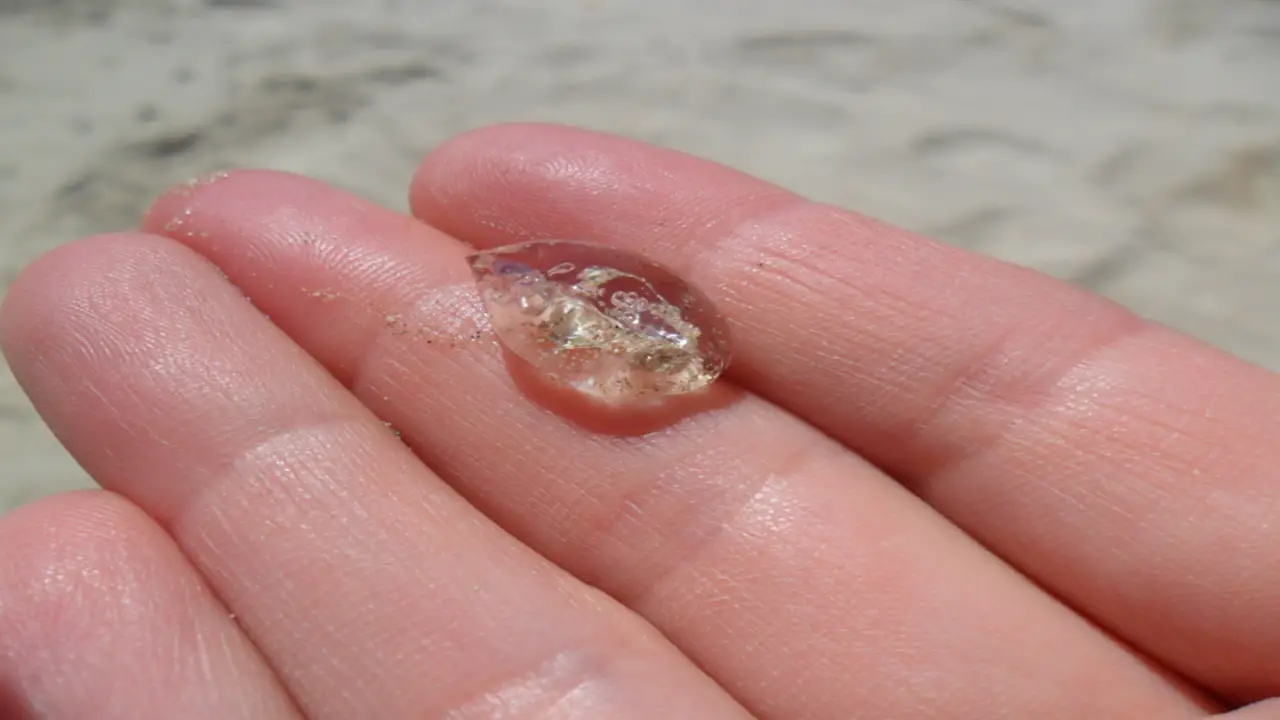
Jelly balls in a fish tank can add a unique and captivating touch to any aquarium. These translucent, gelatinous jelly blobs are actually a type of water plant called Marimo moss balls. Marimo moss balls help to maintain water quality by absorbing nitrates and other harmful substances.
Thus creating a healthier environment for fish and other aquatic life. They also serve as a natural aquarium filter, trapping debris and preventing white algae growth on plant leaves and tank surfaces. Simply place them in clean aquarium water with appropriate lighting tank conditions, and they will thrive.
With this step-by-step guide, you can effectively clear jelly balls from your fish tank and create an aquarium environment for your aquatic pets. Here is a step-by-step guide on how to clear jelly balls in fish tank:
1.Remove Any Affected Plants Or Decorations:
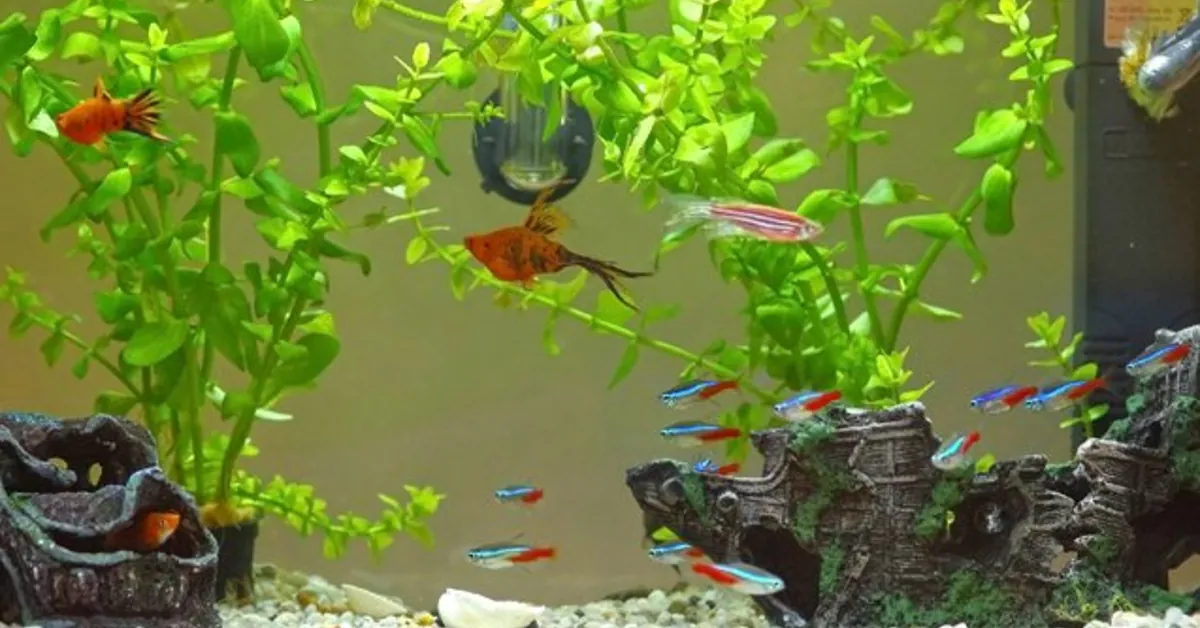
When dealing with jellyballs in your fish tank, removing any affected plants or decorations is important. Jelly balls can attach themselves to surfaces, such as plants or ornaments, and can be difficult to remove fully. Removing these items from the tank can prevent the jelly balls from spreading and potentially harming your fish.
Additionally, it is important to ensure that your aquarium lighting is adequate for the needs of your fish and that it is not contributing to the growth of jelly balls. Proper lighting and maintenance can help create a healthy environment for your fish and minimize the occurrence of jellyballs in your tank.
2.Vacuum The Gravel:
One important step in cleaning jelly balls in a fish tank is to vacuum the gravel. Over time, debris and waste can accumulate in the gravel. You are leading to poor water quality and potential health issues for your fish.
Using a gravel vacuum, carefully suction out any dirt, uneaten food, or other debris that may be present. Move the vacuum throughout the entire tank to ensure thorough cleaning. Regularly vacuuming the gravel can help maintain a clean and healthy environment for your aquatic friends.
3.Perform A Partial Water Change:
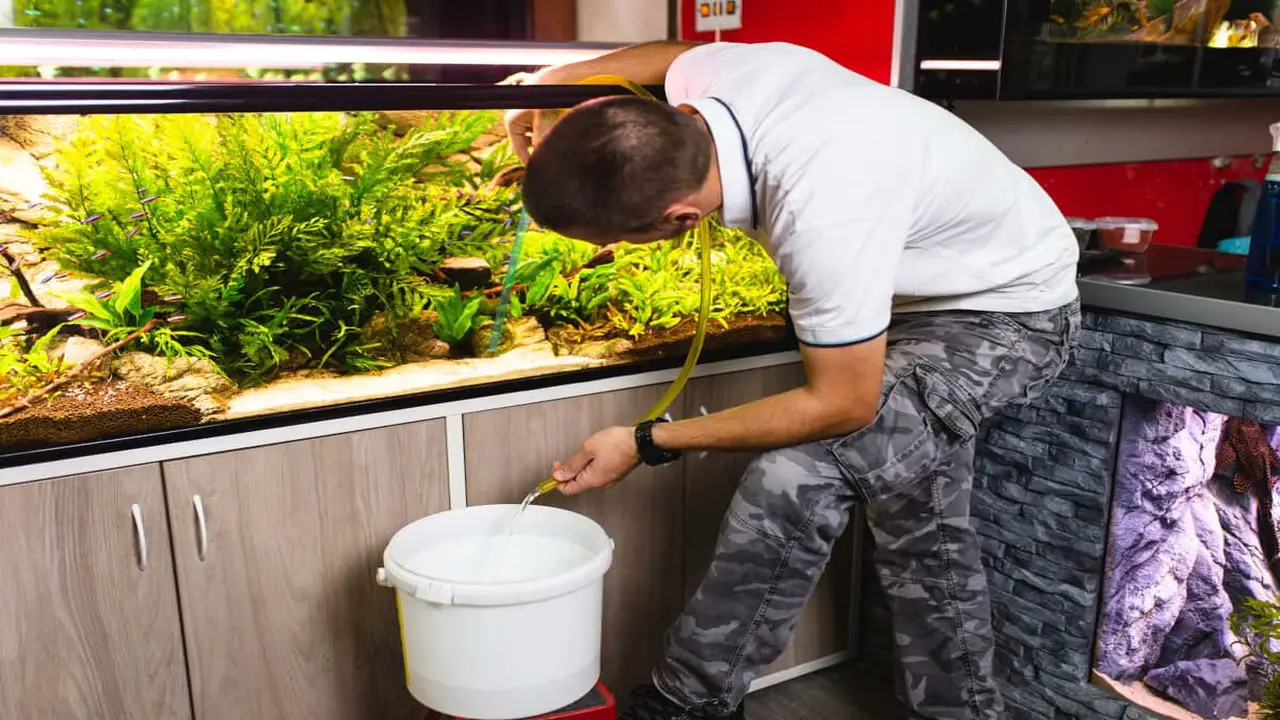
Cleaning jelly balls in a fish tank can be tricky, but performing a partial water change can help remove them and maintain good water conditions. Start by preparing fresh water at the same temperature as the tanks. Use a siphon or gravel vacuum to remove about 25% of the tank’s water, including any sediment and dead fish, and replace it with clean water.
This will help to maintain the tank’s water quality and remove any jelly balls that may have built up over time. Repeat this process regularly to prevent jelly balls from becoming too abundant in your tank’s water.
4.Scrub The Tank Walls:
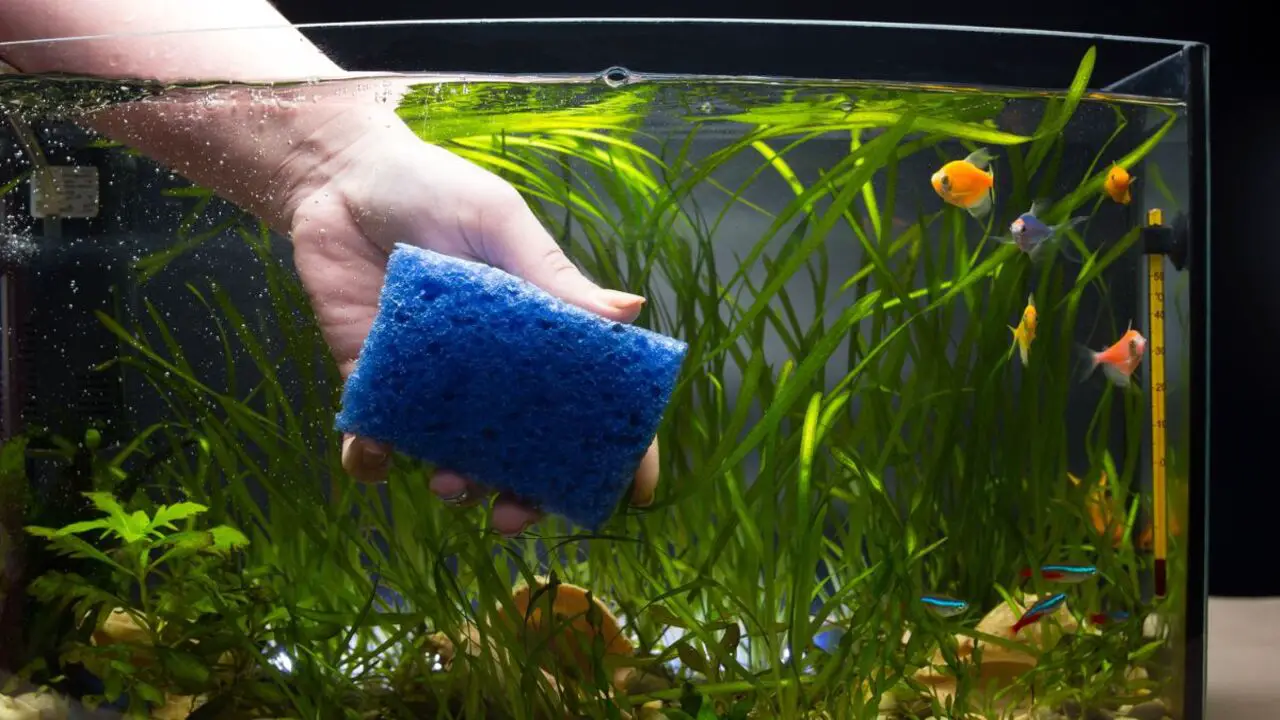
When clearing jellyballs in a fish tank, scrubbing the tank walls is an important step in the process. To effectively remove these jelly balls, you will need an aquarium product specifically designed for an aquarium clean. Start by emptying the tank of water and removing any fish or decorations.
Then, dip the aquarium brush into warm water and gently scrub the walls of the tank, paying extra attention to areas where the jelly balls are concentrated. Besure to use gentle but firm strokes to avoid damaging the tank or disturbing any beneficial bacteria that may be present. Once you have thoroughly scrubbed the tank walls, rinse them with clean water and refill the tank with fresh water before reintroducing your fish and decorations.
5.Use A Fine Net Or Filter Media Bag:
Using a fine net or filter media bag can be effective when cleaning jelly balls in a fish tank. These tools allow you to scoop out the jellyballs without disturbing the water or harming the fish. Place the net or filter media bag in the water and gently skim it over the surface. Collecting any jelly balls you come across.
Be sure to remove as much of the jelly balls as possible, as they can decompose and negatively impact. The water quality is left unchecked. Regularly cleaning the tank and removing any excess jelly balls will help. To maintain a clean and healthy environment for your fish.
6.Monitor And Repeat If Necessary:
When cleaning jelly balls in a fish tank, monitoring the situation and repeating the cleaning process if necessary is important. Jelly balls, also known as marimo moss balls, are popular additions to fish tanks as they provide natural filtration and add visual interest. However, over time, these balls can accumulate dirt and debris, including algae, affecting water quality.
To clean them, gently remove the jelly balls from the tank and rinse them in dechlorinated water. Use your fingers or a soft brush to scrub away any dirt or algae buildup gently. Once cleaned, return the jelly balls to the tank and monitor their condition.
If they begin to look dirty again or affect the water quality, repeat the cleaning process to maintain a healthy environment for your fish, and consider adding algae eaters like barbs, mollies, or snails to help prevent future algae buildup.
Is Jelly Ball Harmful To Aquarium Fish?
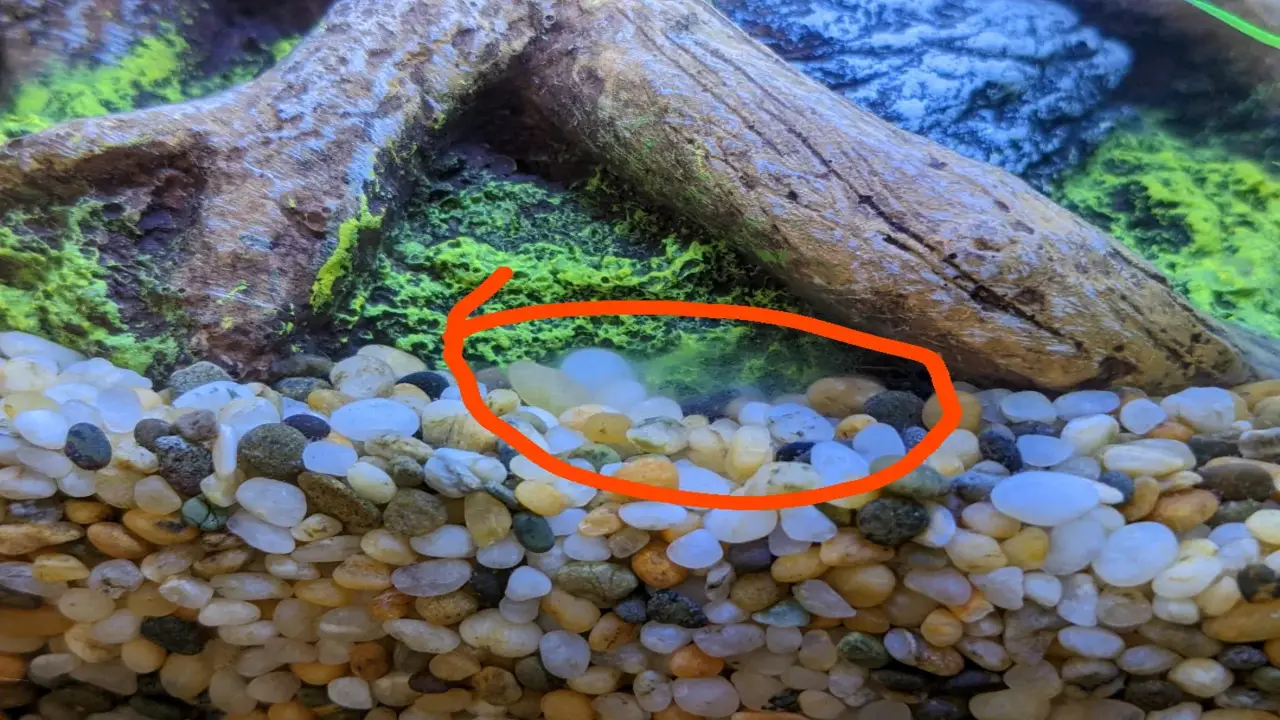
Jelly balls are also known as water beads or polymer crystals. They are a popular addition to fish tanks for their decorative and sensory appeal. However, it is important to consider the potential harm they may cause to aquarium inhabitants. While jellyballs are non-toxic and generally safe for fish, some risks are associated with their use. Firstly, if ingested by fish, jelly balls can cause intestinal blockages, which can be harmful or even fatal.
Additionally, if the jellyballs start to decompose or break down over time, they can release harmful chemicals into the water that can negatively affect the health of your fish. Therefore, it is recommended to monitor your fish closely when using jelly balls in your aquarium and remove them immediately if any signs of ingestion or decomposition occur to ensure the well-being of your aquatic pets.
Tips For Maintenance After Clearing Jelly Balls
After successfully clearing jelly balls from your fish tank, it is important to maintain a clean and healthy environment for your fish. By following these maintenance tips, you can ensure a clean and thriving environment for your fish while minimizing the chances of jellyballs reappearing in your tank. Here are some tips to help you with tank maintenance:
- Regular Water Changes: Perform regular water changes to remove any debris or waste that may accumulate in the tank. This will help prevent the formation of jelly balls or other unwanted substances.
- Check And Clean Filters: Inspect your filters regularly and clean or replace them as needed. Dirty filters can impair water quality and contribute to the growth of jelly balls.
- Monitor Water Parameters: Test the water regularly for pH, ammonia, nitrite, and nitrate levels. Maintaining proper water parameters will help prevent the growth of jellyballs and keep your fish healthy.
- Avoid Overfeeding: Overfeeding can lead to excess waste in the tank, contributing to the formation of jelly balls. Feed your fish only what they can consume within a few minutes.
- Remove Uneaten Food: If any uneaten food is in the tank after feeding, promptly remove it to prevent decomposition and potential jelly ball formation.
Prevention Tips To Avoid Jelly Balls In The Future
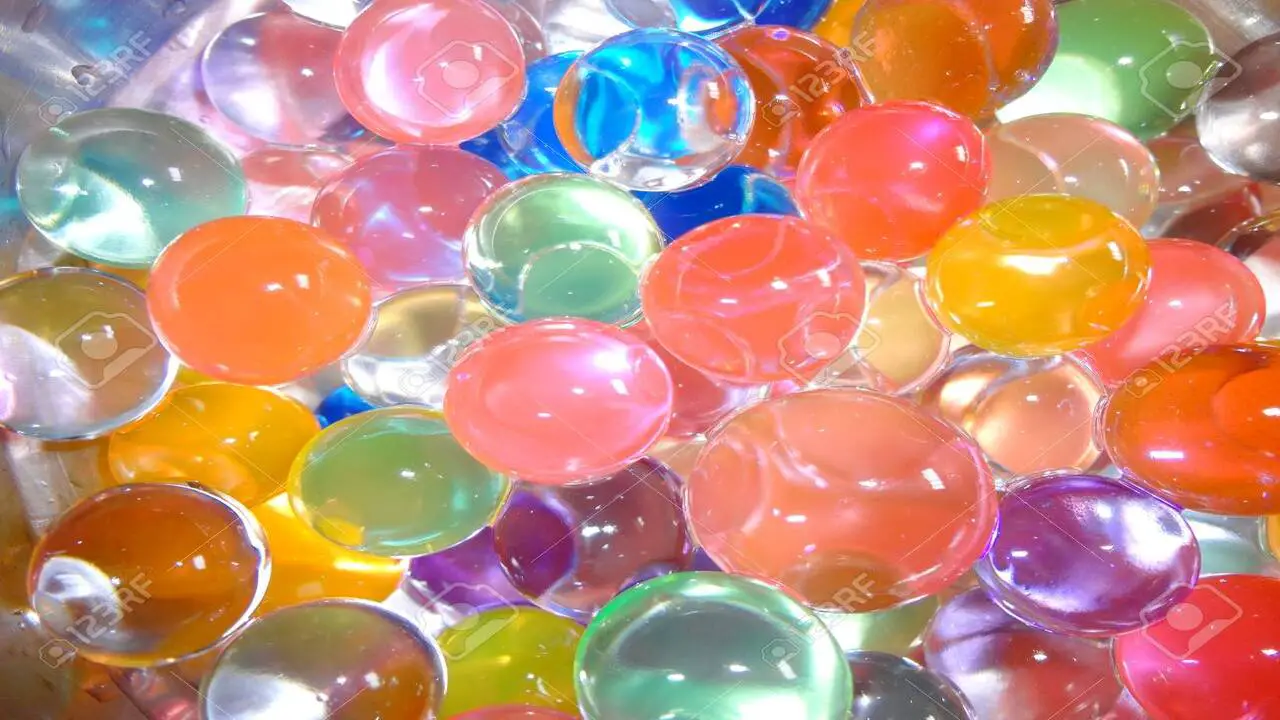
Preventing jelly balls in your fish tank is essential for maintaining a clean and healthy environment for your fish. By following these prevention tips, you can minimize the occurrence of jelly balls in your fish tank and provide a healthier environment for your aquatic pets. Here are some prevention tips to help you avoid jellyballs and ensure. The appropriate tank size in the future is generally one gallon of water for one inch of fish.
- Regularly clean and maintain your fish tank, removing uneaten food or debris.
- Avoid overfeeding your fish, as excess food can contribute to the growth of jellyballs.
- Monitor and maintain appropriate water parameters, such as temperature and pH levels, as imbalances can promote the growth of jelly balls.
- Be cautious when introducing new plants or decorations into your tank, as they may carry jellyball spores or eggs. Quarantine new additions before adding them to your main tank.
- Consider using a UV sterilizer or water clarifier to help control algae and other organisms that can lead to the formation of jelly balls.
- If you notice signs of jelly balls in your tank, remove them promptly and thoroughly clean any affected surfaces to prevent their spread.
What Are The Best Live Plants To Control Clear Jellyballs In A Fish Tank?
Incorporating live plants can be an effective solution when controlling clear jellyballs in a fish tank. Certain aquatic plants, such as Java Moss and Anacharis. It can help to control the growth of clear jelly balls by competing for nutrients and limiting their spread. These plants also provide additional benefits, such as improving water quality and providing hiding places for fish.
Maintaining proper water flow in the tank can also aid in preventing the formation and accumulation of clear jelly balls. By creating gentle water movement with the use of a filter or air pump, you can help dislodge and remove any clear jelly balls that may be present.
How Long Does It Take To Get Rid Of Clear Blobs In Fish Tank?

Clearing jelly balls in a fish tank can take some time, depending on the size and severity of the infestation. It is important to address the underlying causes of jelly ball growth, such as poor water quality, proper water circulation, and excess nutrients.
Frequent water changes and proper filtration can help maintain water quality and prevent the growth of jelly balls. Additionally, introducing live aquarium plants can help absorb excess nutrients and provide. A natural habitat for beneficial bacteria that can control jellyball growth.
Removing dead plants or leftover food from the tank is also important, as these can contribute to nutrient buildup. With consistent maintenance and attention to water quality, it is possible to eliminate clear blobs in a fish tank and keep their growth under control.
Why Is There A Clear Jelly-Like Substance In My Fish Tank?
Finding a clear jelly-like substance in your fish tank can be concerning. But it is actually quite common and usually harmless. This substance is most likely a type of algae called “white algae” or “baby snail algae.” It forms when there is an excess of nutrients in the water, such as fish waste or uneaten food.
The algae itself is not harmful to fish. But it can be unsightly and indicate that the water quality needs attention. Regular cleaning and maintenance, including removing any excess food or waste and performing partial water cleaning every couple of days, can help prevent the buildup of white algae.
Additionally, introducing bladder snails into the tank can help control the algae population as they feed on it. With proper care and attention, you can keep your fish tank clean and free from excessive jellyballs of white algae.
Conclusion
Understanding how to clear jelly balls in fish tank is important for maintaining a healthy and balanced aquatic environment. By following the steps outlined in this guide, you can effectively remove jellyballs from your tank and prevent them from causing harm to your fish. Remember to clean your tank regularly and monitor its water quality to prevent the formation of jelly balls in the first place.
With proper care and maintenance, your fish can thrive in a clean and jellyball-free tank, making it easier for aquarists to enjoy their hobby without unwanted substances. Don’t forget to check for helpful products at your local fish store or online retailers like Amazon.
Frequently Asked Questions
What Is The Clear Jelly-Like Substance In My Fish Tank?
The clear jelly-like substance in your fish tank could be a number of things, such as excess food, algae, or a bacterial bloom. It is important to monitor water quality and ensure proper filtration and maintenance to prevent any potential issues for your fish.
How Do I Get Rid Of Slime In My Fish Tank?
Try cleaning the tank and decorations regularly to eliminate slime in your fish tank and adjust. The water parameters create a healthier environment for your fish. Adding beneficial bacteria or using algae-eating fish to help control the slime.
What Is The Clear Jelly-Like Algae?
The clear jelly-like algae is known as “sea sparkle” or “Noctiluca scintillans.” It is a bioluminescent organism that produces a glowing effect when disturbed. This algae can be found in coastal waters and is often observed during blooms. They are creating a beautiful and mesmerizing natural phenomenon.
What Algae Is Used To Make Jelly?
The algae used to make jelly is called agar, specifically derived from species of red algae. Agar is a gelatinous substance extracted from these algae’s cell walls and is commonly used as a thickening agent in many food products, including jellies and desserts.
What Is The Green Jelly In The Water?
The green jelly in the water is most likely a type of algae or aquatic plant that has formed a slimy, gel-like substance. This can occur in bodies of water with high levels of nutrients and sunlight, which promote the growth of these organisms.

Aquarium passion is all about connecting with the aquatic life and providing education to the public on the importance of these creatures. We showcase a wide variety of marine life through our exhibits as well as working with schools to provide unique learning opportunities for students of all ages.

